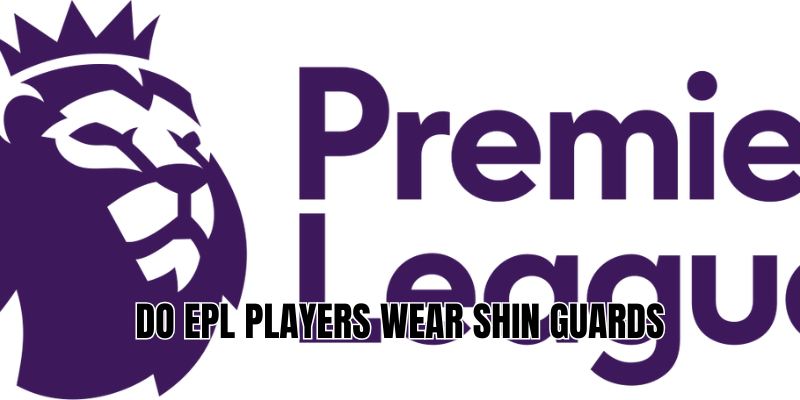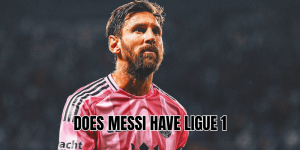Have you ever noticed players in Premier League games with low socks or very thin padding and wondered, do EPL players wear shin guards? Yes—they do. The Laws of the Game require it. But there’s more nuance: what size, how noticeable, and how strictly it’s enforced.
Below, AtiGoal takes you through the rules, practices, debates, and every detail you want—so you can settle the “shin guard question” once and for all.
The rule: what the laws say
All the official rules governing top-flight football—including the Premier League—fall under the IFAB Laws of the Game. The relevant regulation is Law 4: The Player’s Equipment. According to the law:
- **Shin guards (“shinguards”) are compulsory equipment for every player.
- They must be made of a suitable material and be of an appropriate size to provide reasonable protection.
- Shin guards must be covered by the socks.
If a player goes onto the pitch without shin guards, or with guards that don’t meet the standard or aren’t covered by socks, referees are supposed to stop them until their kit is corrected.
So yes, wearing shin guards in the EPL isn’t optional—it’s part of the mandatory gear.
How EPL players actually use shin guards
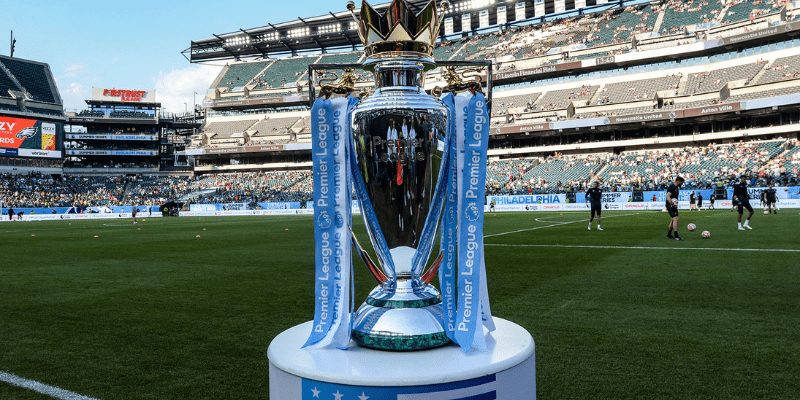
While the rule is clear, what fans see on screen can be confusing. Here’s how it plays out in practice:
The mini shin guard trend
Many Premier League players choose shin guards so small that they barely protrude under the sock or are hidden completely. The idea is to reduce bulk, improve mobility, and preserve comfort—especially for players who rely on speed, agility, or stylish movement.
Players like Jack Grealish are famous for wearing very small shin pads—so small that sometimes it almost seems like they aren’t wearing any. But if you look closely, there’s often something there. urFourTwo)
Enforcement
- Before matches, referees inspect players’ kits. They can require a player to leave the field temporarily to fix noncompliant equipment.
- If during a match a shin guard is lost, the player has to replace it “as soon as possible, no later than when the ball next goes out of play.”
- Occasionally, fans or commentators notice players seemingly without shin pads—but often what’s happening is they are wearing very slim, discrete ones. Sometimes linesmen or 4th officials may miss a tiny pad.
Why some players try to “hide” their shin guards
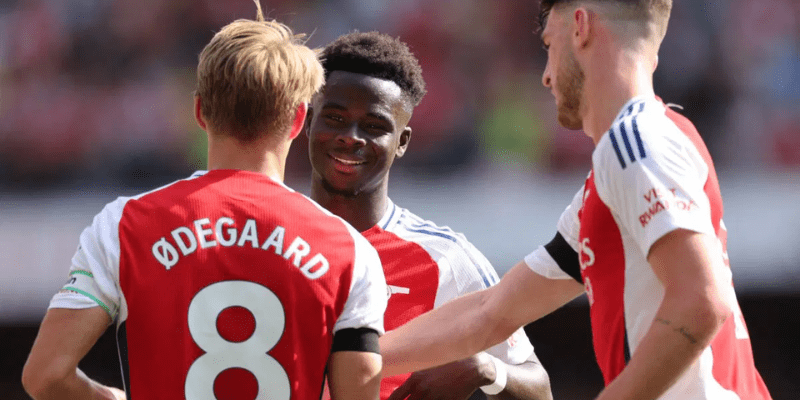
It’s not just about rules—player preference, style, comfort, and superstition often come into play.
- Comfort & freedom of movement: Bulky shin guards can be restrictive, especially when changing direction, running fast, or stretching. Slim or low-profile versions allow more agility.
- Appearance and branding: Socks pulled down, minimal gear visible—they can be part of a personal look or image. Fans notice, media talk about it.
- Beliefs & ritual: Some players stick with a certain style because they believe “this is how they play best,” or because it’s lucky.
But even with all that, the rule doesn’t allow players to omit shin guards entirely.
Potential issues and safety debates
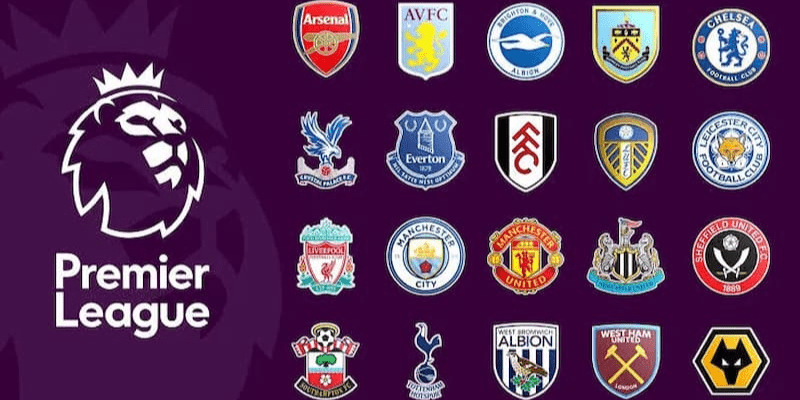
While shin guard use is mandatory, there are controversies and discussions around how effective some of the small ones are, and whether enforcement is strict enough.
- Size vs protection: Tiny shin guards offer some protection from superficial injuries (cuts, grazing from studs) but may not protect much against big tackles or heavy blows. Grassroots and youth rules often encourage larger coverage.
- Risk vs style: When style pushes minimal visibility, there’s a risk that protection is compromised. Some critics argue that players should err on the side of safety.
- Referee responsibility: Ensuring all players comply is part of the match officials’ job—but with fast-paced pre-match routines and substitutions, small infractions may slip through.
Common myths & misunderstandings
| Myth | Reality |
| “Some EPL players play without shin guards.” | No—they must have them. What may seem like “no shin guards” are usually very small ones or ones tucked in. |
| “If the shin guard is visible, it’s illegal.” | Quite the opposite—if nothing is visible, and the socks are pulled down, it may look like they aren’t wearing any, but that doesn’t mean they’re violating rules if the guard is there and covered by the stocking. |
| “There are rules on how big shin guards must be.” | The rules require “reasonable protection” but do not specify exact dimensions. Size is up to player discretion (or club/league guidance) as long as it offers protection. |
Summary: What you should believe
- Yes, every EPL player must wear shin guards under IFAB Law 4.
- The protection must be adequate, the material suitable, and they must be under socks.
- Many players minimize visibility by using small or slim designs—but that doesn’t mean rule-breaking.
- While the law is clear, enforcement and safety quality depend a lot on individual choices, club norms, and referee checks.
Conclusion
In short, do EPL players wear shin guards? Absolutely—they’re required by law, and nearly always used, even when they’re near invisible. AtiGoal has shown that the rules leave some wiggle room for style, comfort, and size, but safety is still the priority.
If you want to dig deeper: check out League or FA guidance for player gear, and watch closely for pre-match inspections. Stay safe—and as always, keep enjoying the beautiful game.

